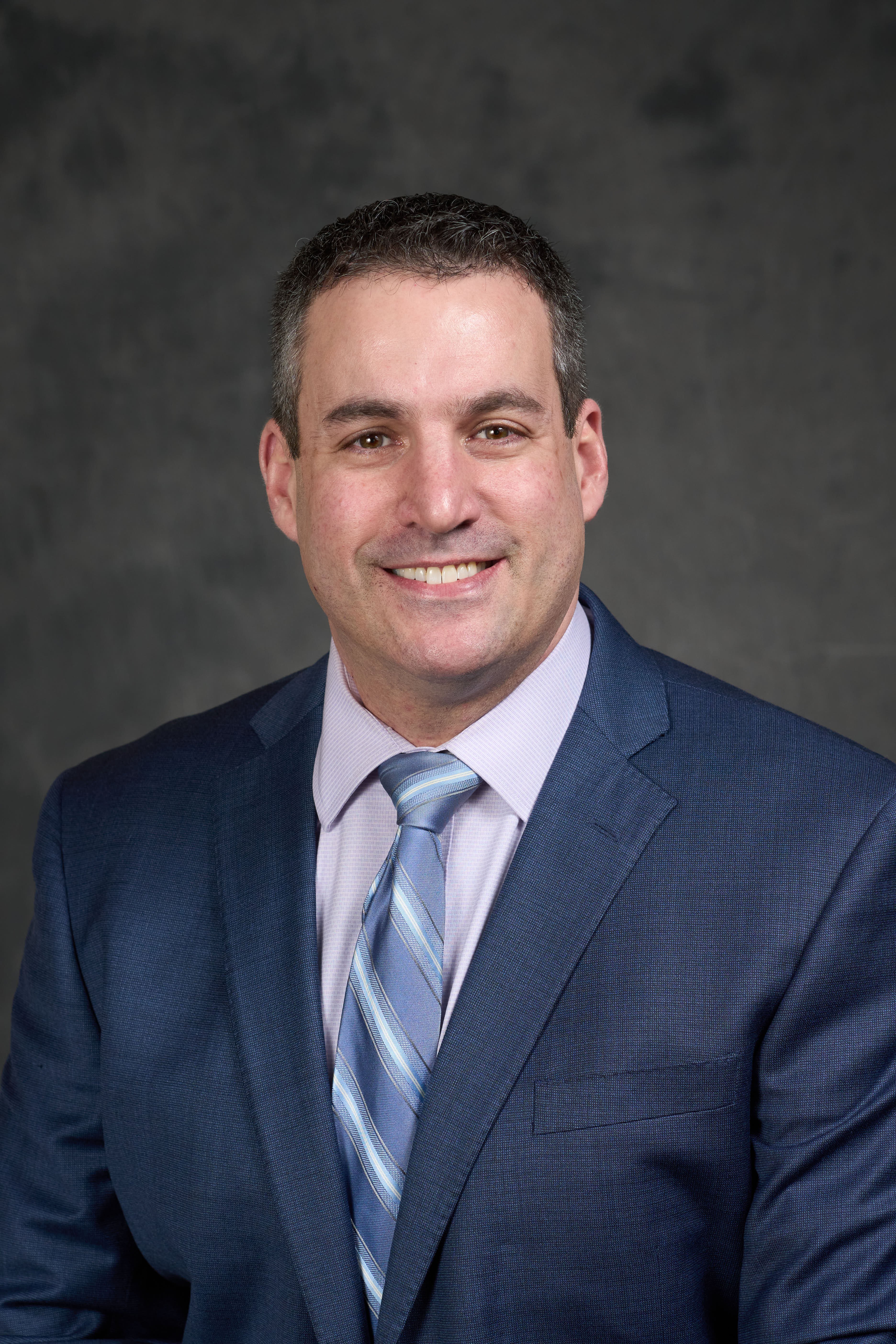
by Laura Wallis
With the use of forensic evidence in criminal investigations and trials becoming increasingly commonplace in recent decades, it became evident that an imperative existed to standardize scientific methods, ensuring that evidence is collected, analyzed and presented according to widely accepted and reliable scientific processes. In 2014, the National Institute of Standards and Technology (NIST) Organization of Scientific Area Committees (OSAC) for Forensic Science was created to meet this need— establishing, expanding upon, and improving standards in the field of forensic science.
The experts in the College of Arts and Sciences’ Forensic and National Security Sciences Institute are helping do their part in ensuring the reliability of these standards, and Professor Michael Marciano was recently recognized for his efforts. He was named the distinguished individual service honoree for the Human Biology Subcommittee at OSAC’s “all-hands” meeting in May, for going above and beyond in service to the organization.
Hundreds of the top forensic analysts and academics in the nation participate in OSAC in a volunteer capacity, with approximately 30 members per subcommittee. Marciano is a member of the Human Forensic Biology subcommittee, which encompasses body-fluid analysis and identification as well as DNA interpretation. He also serves as chair of the Research Needs subcommittee, which works to establish a consensus list of short- and long-term needs—released every two years—for the forensic DNA community. These include both applied and “basic science” needs; it might include the development of software to aid in DNA interpretation, for instance, or new methods to analyze single cells. The group conducts nationwide polls of practitioners, to create and refine the list and to build best practices around those needs.
Though recognized for his individual contributions, Marciano emphasizes that committee work is a true team effort. He has collaborated with Nadja Schreiber Compo, a professor of psychology at Florida International University, in bringing in new, successful approaches to reaching and consulting with the community at large, via professional organizations and listservs.
He is also part of OSAC’s Validation Task Group, chaired by Susan Greenspoon of the Virginia Department of Forensic Science, working to develop detailed implementation plans for new validation methods. “These methods penetrate every aspect of analysis,” Marciano explains. “For instance, how you process a sexual assault evidence kit. How you extract DNA to ensure you have high quality results. How you interpret it so you can communicate those results to a jury in a proper fashion. Although individual forensic labs have established standards for ensuring quality results, these differ from lab to lab. This organization is tasked with establishing a national set of [validation] standards that can be adopted across the community.”
In addition to Marciano, several members of the Syracuse Forensic Science Institute (Maria Pettolina, Brian Ehret and Kathleen Corrado) are current or former members of OSAC in various disciplines—which is a boon for students. “It really establishes our connection to the practicing community,” Marciano says. “This not only allows us to educate our students on current practices outside of the textbook, but it also gives them a connection to their future employers.”
Marciano is currently in his fifth year of service for OSAC and will likely continue in an affiliate role after his second three-year term is complete.
